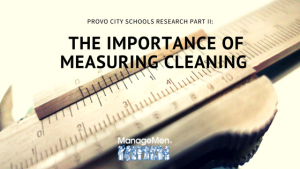Provo City Schools Research Part II: The Importance of Measuring Cleaning

In the first part of this series, we explored the definition of “clean.” Now that we know what “clean” is, how do we get there? Ah, the million dollar question.
Just as no single agreed-upon definition of “clean” exists, no single standard or process for cleaning exists. As a result, we measure janitorial productivity in a variety of ways, which is largely dependent on the type of facility being cleaned.
To understand the importance of measurement, we’ll first look ways cleaning programs are currently measured, and then we’ll review a few examples of the benefits of measurement through a standardized approach to cleaning.
Current Strategies for Measuring Productivity and Their Limitations:
Visual Inspections: A visual inspection may reveal if a surface looks clean (e.g. is free from dirt or dust), but it does not reveal what is invisible to the eye, such as bacteria or viruses. Visual inspections are most common in retail environments where the emphasis is on appearance.
Cost-Per-Square-Foot Method: Often cleaning professionals want to evaluate cleaning productivity by establishing the cost for cleaning their facility. This method can present obstacles because of different surfaces that may or may not be factored into the equation. For example, do you factor the tops of books on a shelf as cleanable square footage? Should table surfaces be included as well? Not all cost-per-square foot method evaluations are created equally.
ATP Meter Readings: One of the newer methods for measuring cleanliness is Adenosine Triphosphate (ATP) Testing. ATP is an enzyme present in all living cells; ATP meters detect the amount of organic mater that remains on a surface after cleaning. This method can lead to discrepancies between testers and not provide a true reflection of the cleanliness (or dirtiness) of a surface.
When we look at cleaning in an academic settings, the need for effective cleaning and cleaning measurement becomes most apparent.
Why Clean Schools Matter
In Dr. Campbell’s Provo City Schools research, he states:
Standards set a level of safety and performance for most industries. Therefore, a cleaning standard that ensures the building’s air quality, safety and health of the people therein should exist. Research shows that students in K-12 schools have improved capacity to learn when school environments are clean.
He identifies a survey conducted by the National Parent Teacher Association that revealed that cleanliness in schools was so insufficient that more than half of teachers (56 percent) purchase their own cleaning supplies to clean their classrooms.
While the immediate response might be to look at the school janitor, Dr. Campbell is quick to highlight research from the National Education Association that supports the need for better job descriptions for janitors:
* 38 percent of janitors have no job description
* 32 percent of those who do have a job description feel it does not match the scope of their work
64 percent of janitors often or sometimes perform work outside of their job description
YIKES. So teachers are taking it on themselves to clean their classrooms, but janitors are left with their hands in the air, because they aren’t clear on their responsibilities.
Why does this matter? Because the confusion surrounding the issue and the absence of a standardized approach and effective cleaning measurement tool to cleaning goes beyond issues of infection control and cross contamination.
Research shows that indoor air pollution (resulting from cleaning chemicals, dust and other particulates that can be breathed in) can result in lower work performance and higher rates of sickness.
Dr. Campbell cites multiple sources, including this research published in Indoor Air, Dr. Berry’s study at Charles Young Elementary School and this study published in Indoor Air Journal — all offering conclusive evidence that indoor pollutants negatively impact student health and performance.
Clean schools are healthier and more productive. But how can we make sure our schools are clean if there’s difficulty measuring janitorial productivity and cleanliness?
In the part three of this blog series, we’ll review how a standardized approach to cleaning establishes measures for janitorial productivity and positively impacts health and the indoor environment, as evidenced by the study at Dixon Middle School.

